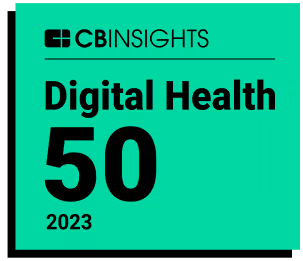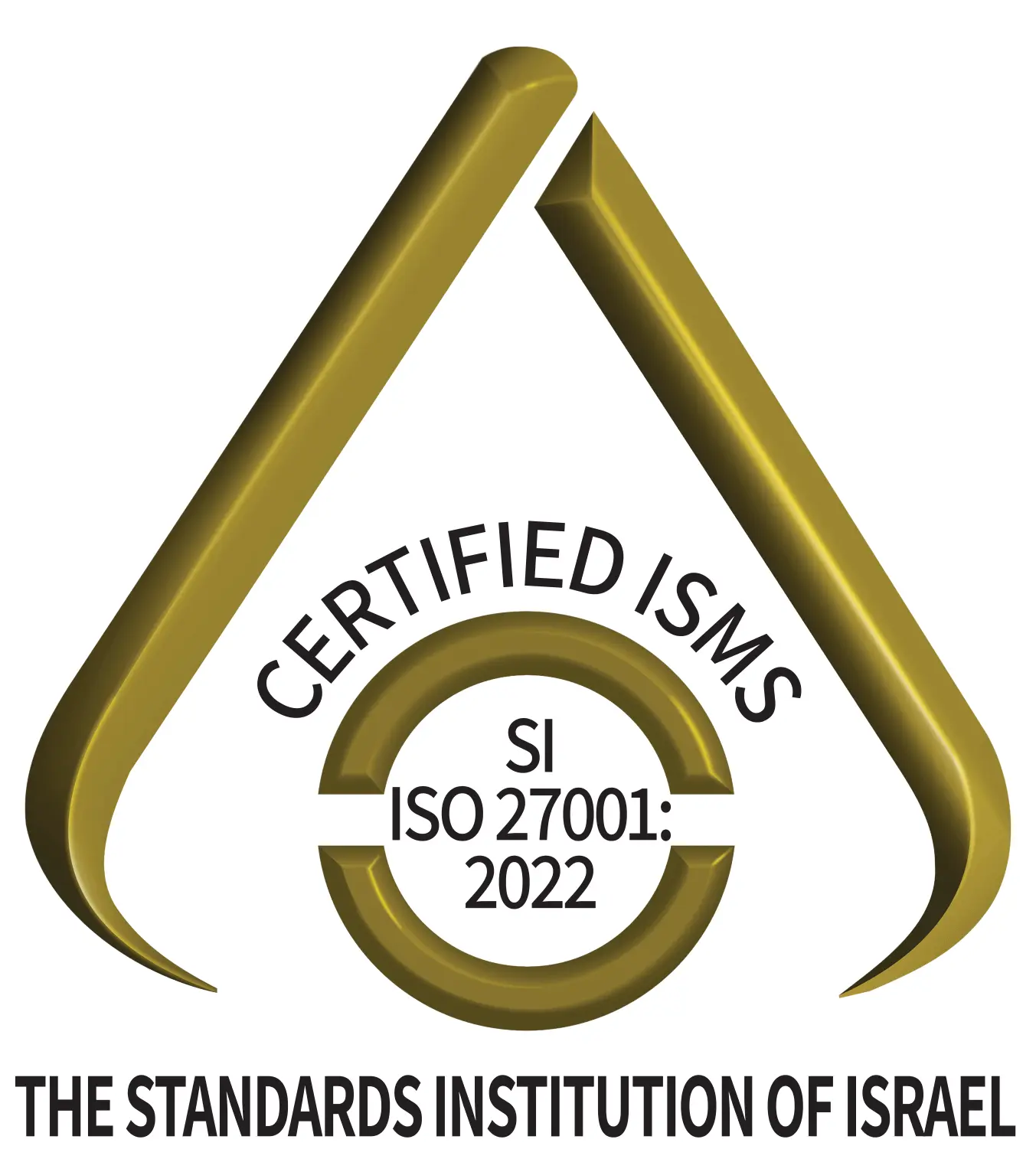What is risk adjustment, and why is it important in healthcare?
Risk adjustment is the process of determining the level of risk inherent in providing care for a given patient, in order to ensure that their healthcare provider has enough funds to cover the cost of their care in a value-based healthcare model. Relying on information including the patient's demographics and health conditions, risk adjustment involves using a mathematical formula to estimate the cost of meeting the patient’s medical needs in a given year.
Risk adjustment plays a critical role in making the value-based model of healthcare work effectively. In this model, healthcare services are paid for holistically and based on patient outcomes, rather than on the quantity of healthcare services provided. By factoring the severity of a patient’s medical conditions into the amount of money to be paid to their provider, risk adjustment in healthcare helps ensure that that provider is able to provide for the patient’s care, and isn’t unfairly penalized for providing care to patients with a greater level of risk.
As a result, risk adjustment has a major impact on revenue for healthcare providers, while also giving them useful insights to help improve the quality and efficiency of care. By ensuring that each patient’s file includes a complete list of medical conditions, providers can help make sure they are compensated adequately for the care they deliver. On the other hand, when a list of a patient’s conditions is incomplete, the provider risks losing out on revenue to which it is entitled, making it more difficult to deliver the care the patient needs.
















